Weston Middle School
Technology/Engineering Course Materials
Lesson 1A: Columns:
Using up to 5 sheets of paper, make a structure that will support a load( clay bricks) 8-1/2" off the table.
Minumum Load:12 batteries or 2 bricks
Discussion:
Limitations of post-and-lintel construction: Why do Greek temples need all those columns?

-
Failure
Modes:
- (1) Imbalance-tips
over (rotational motion)
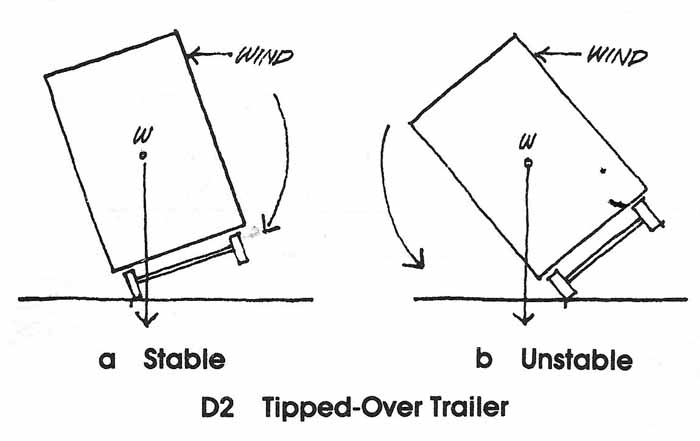
- (1) Imbalance-tips
over (rotational motion)

- (2) Long(slender) columns-
- Buckling- fails at one point, then collapses
- Euler Buckling: Critical load depends on length, stiffness, and cross-section of column.
Thus for a given amount of material, a hollow column is less subject to buckling, as it has a greater cross-sectional area.
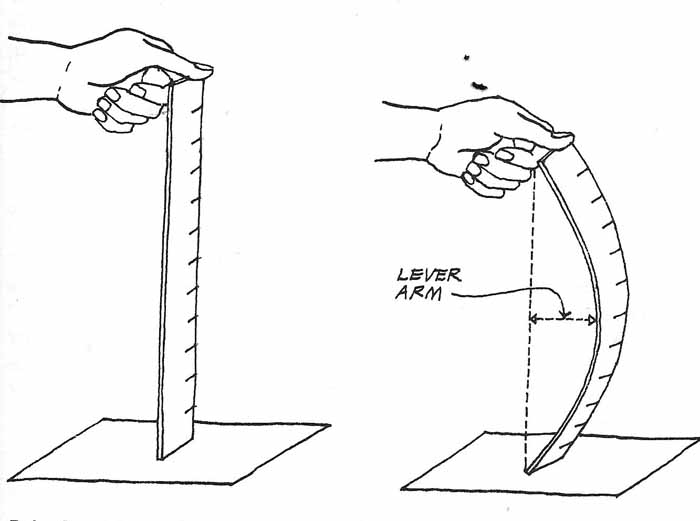
(3) Material Failure( Crushing)- Short Columns
Very short columns crush
Most columns are intermediate- fail partly in crushing and partly in buckling.
http://www.assakkaf.com/courses/ence355/lectures/part2/chapter5d.pdf
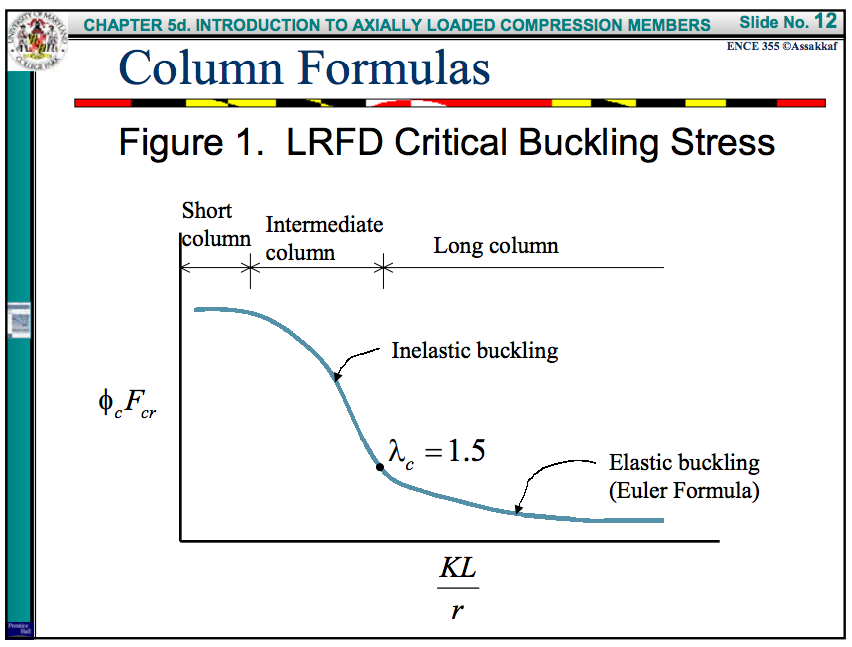
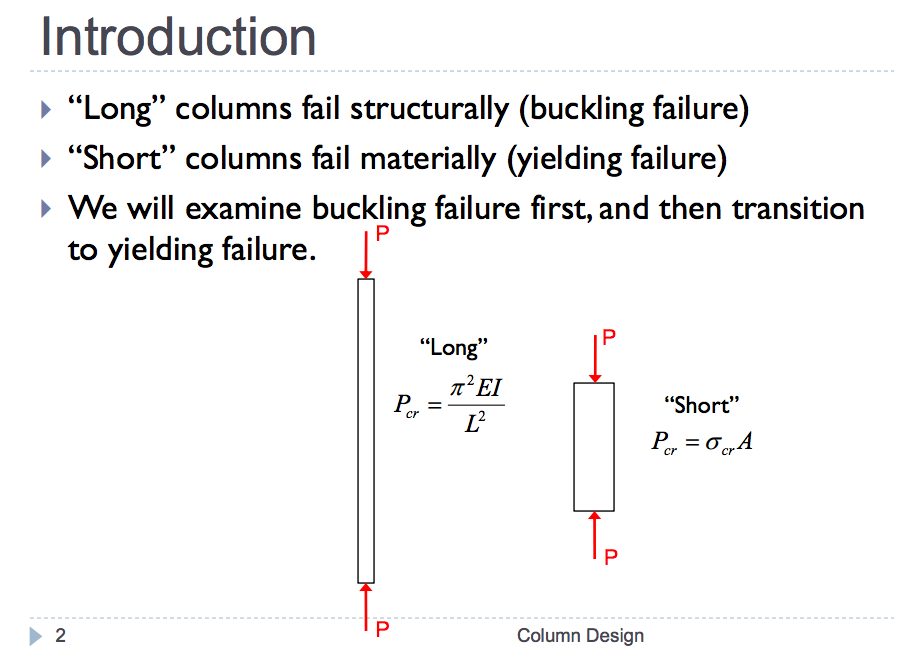
Extension:
Paper Cup Walk
Paper Cup Engineering ( from ZOOM)
- Measure crushing strength of 1 paper cup( in bricks)
- How many
paper cups will support a student?
Vertical columns are typically paired with horizontal beams to provide the structural framework for most buildings today. Columns become strong under compression, the squeezing produced by the downward force exerted by a load and the counteracting force upward from the ground. A column must manage two types of load: (1) the dead load, or weight of the structure it supports plus any permanent fixtures, and (2) the live load, which includes people, furniture, cars, or other temporary objects whose weight bears down on the structure.
When properly designed and loaded, a column (or grouping of columns) is able to support a lot of weight because it transfers it directly to the ground. A column can fail in two basic ways. A load placed off center subjects the column to bending, or buckling. To prevent this, it is important to center a load squarely over the middle third of the top of the column. The second kind of failure occurs when the maximum strength of a column's material is exceeded by the weight of the load. When this happens, the column crushes, or collapses.
Even hollow, thin-walled columns made of weaker material can be made strong under the weight of a heavy load. A paper cup with its bottom removed, for example, is no match for the weight of a person standing on it. It crushes easily because the paper is weak in compression. Filled with sand, however, the paper cup can withstand the same weight -- and then some. Why is this so? Paper is fairly strong by itself in tension. It resists the sand's outward thrust, preventing it from spreading out. Thus contained, the sand in turn prevents the paper from collapsing by resisting the downward force of the weight and making the column stronger in compression. Engineers can sometimes use an inexpensive filler material that is strong in compression -- like sand or loose rocks -- to reinforce a hollow, thin-walled column, allowing them to build safely and cost-effectively.
Reflecting on Student Work: Holding Up Bricks (Video)
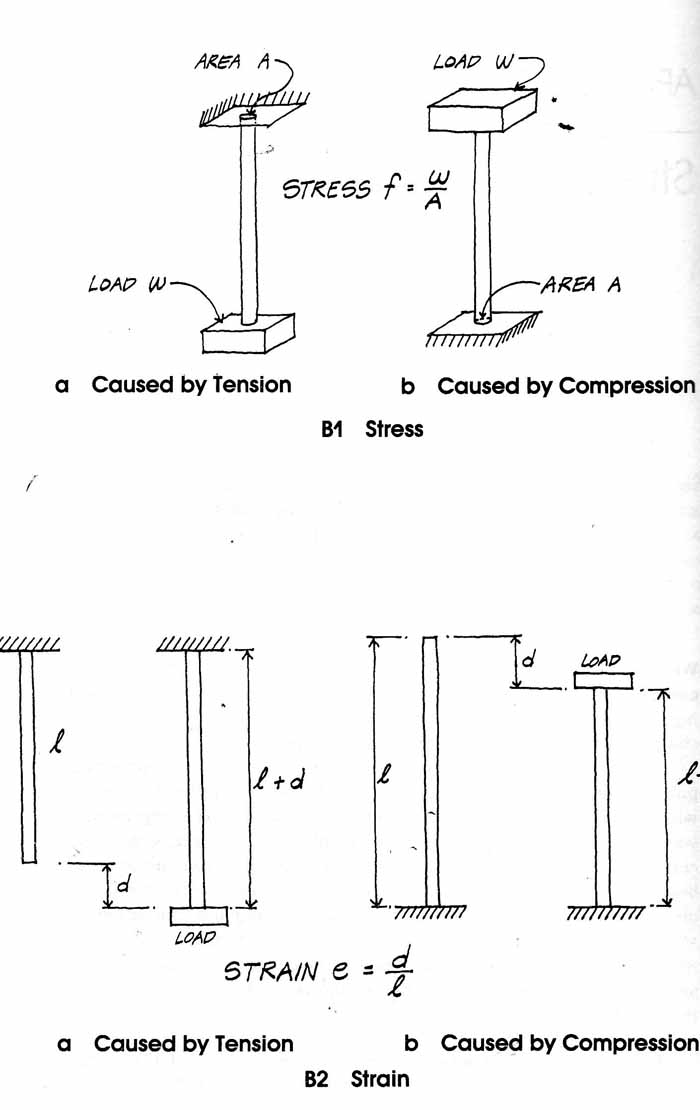
Columns are characterized by the stress( force/unit area) and strain( change in length) they are subjected to under load.
Try making columns of other materials:
- 1 liter of dry sand
- 1 liter of wet sand
- 1 stick of cold plasticine
- 1 stick of warm plasticine
- 1 cubic foot of dry powder snow
- 1 cubic foot of damp snow
- Dry plaster
- Wet plaster
Rods vs Tubes( Lorna Gibson, MIT)
Revised
January 2015 by Jonathan Dietz,
dietzj@mail.weston.org